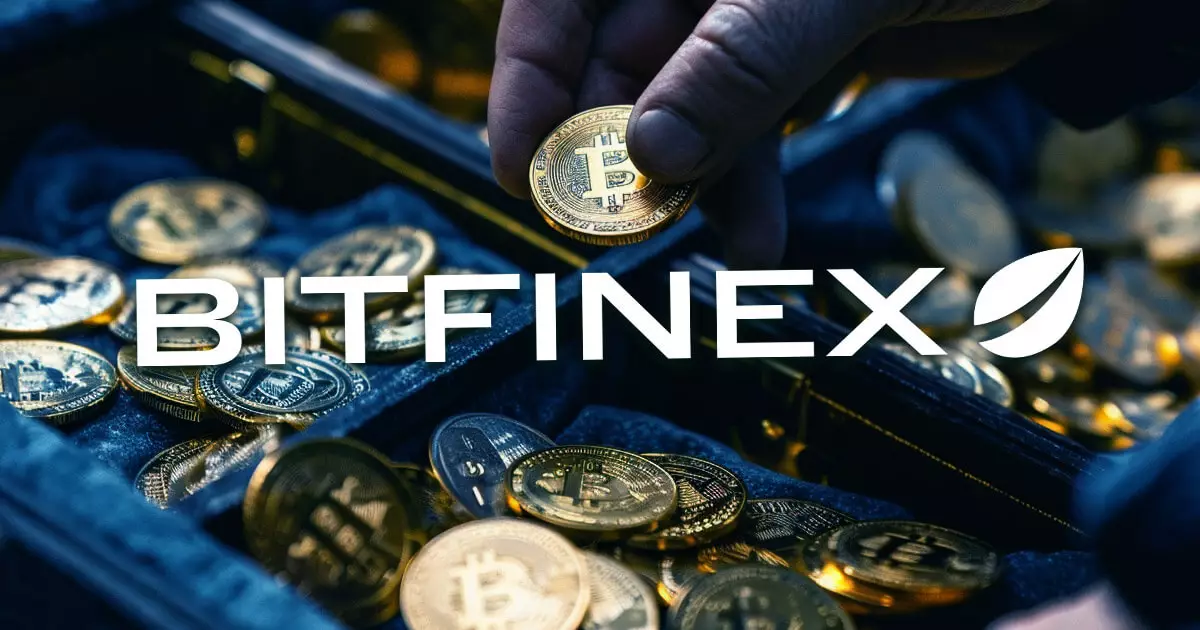In the complex landscape of cryptocurrency, one of the most significant events that shook the market was the 2016 hack of Bitfinex, which led to the theft of approximately 120,000 BTC. Recent developments from a US government filing indicate that Bitfinex may be recognized as the sole entity entitled to restitution regarding this massive cybercrime. Such a finding reshapes the narrative surrounding the hack, spotlighting the exchange’s unique position as both the perpetrated and a pivotal player in the aftermath.
The fundamental premise put forth in the government filing is that, under both the Crime Victims’ Rights Act (CVRA) and the Mandatory Victims Restitution Act (MVRA), Bitfinex stands as the primary victim. According to official documents, the government is “not aware of any person who qualifies as a victim” beyond Bitfinex. This assertion ignites important discussions about what it means to be a victim in a decentralized financial landscape, where user accounts are often treated as collateral in times of crisis.
Following the breach, Bitfinex employed a drastic measure: it reduced customer balances by 36% to evenly spread the losses. This decision was met with considerable backlash from the cryptocurrency community, yet it ultimately provided a framework for the exchange to navigate the turbulent waters of recovery. The issuance of BFX tokens offered an interim solution, allowing customers to either redeem them or convert their holdings into shares of Bitfinex’s parent company, iFinex. By April 2017, the successful redemption of all BFX tokens marked a tangible step towards normalcy for both the exchange and its customers.
In light of the recent government filing, it appears the legal landscape—once filled with potential claims and complex disputes—will increasingly center on Bitfinex. iFinex maintains that it has sustained genuine financial losses from the 2016 hack, reinforcing its position as the primary affected party. The implications of this determination are profound, potentially streamlining restitution and recovery processes by focusing largely on the exchange rather than individual users—who have already received compensation.
The efforts to recover stolen assets remain intricate and ongoing. Notably, in February 2022, US authorities managed to seize a significant portion of the stolen BTC, amounting to 94,643 coins valued at around $3.6 billion at the time. More recently, in July 2023, Bitfinex received a partial recovery from the Department of Homeland Security, including a notable cash sum and Bitcoin Cash. These recoveries underline the complexities of cryptocurrency and the role of government and law enforcement in navigating these waters.
The developments heralded in the government filing and subsequent actions have also influenced market sentiment. The price of Bitcoin dipped by 0.7% following the news, reflecting traders’ concerns over an influx of substantial Bitcoin potentially re-entering circulation. Such fluctuations indicate the sensitive nature of market psychology, particularly in the crypto space, where even the prospect of new supply can lead to immediate price adjustments.
Moreover, the assertion that Bitfinex is the sole victim may signal a shift in how cryptocurrency exchanges deal with similar scenarios in the future. With the precedent set, other exchanges could be tempted to adopt similar strategies—perhaps socializing losses in a bid to retain operations and consumer trust in the wake of hacks.
The Road Ahead for Bitfinex and the Cryptocurrency Market
As Bitfinex navigates the final stages of recovery, the attention now turns to how it will fulfill its contractual obligations to token holders, particularly those holding Recovery Right Tokens. Bitfinex’s commitment to allocating a significant portion of recovered assets to UNUS SED LEO token holders suggests a broader strategy of rebuilding and regaining community trust.
The 2016 hack of Bitfinex remains one of the largest breaches in crypto history, serving as a cautionary tale about digital asset security. It will be critical for both Bitfinex and the cryptocurrency community at large to learn lessons from this event, establishing more robust measures to protect against future vulnerabilities. The exchange’s forthcoming journey of recovery encapsulates a larger narrative about resilience in the face of adversity and the innate challenges that lie within the blockchain ecosystem.



















Leave a Reply